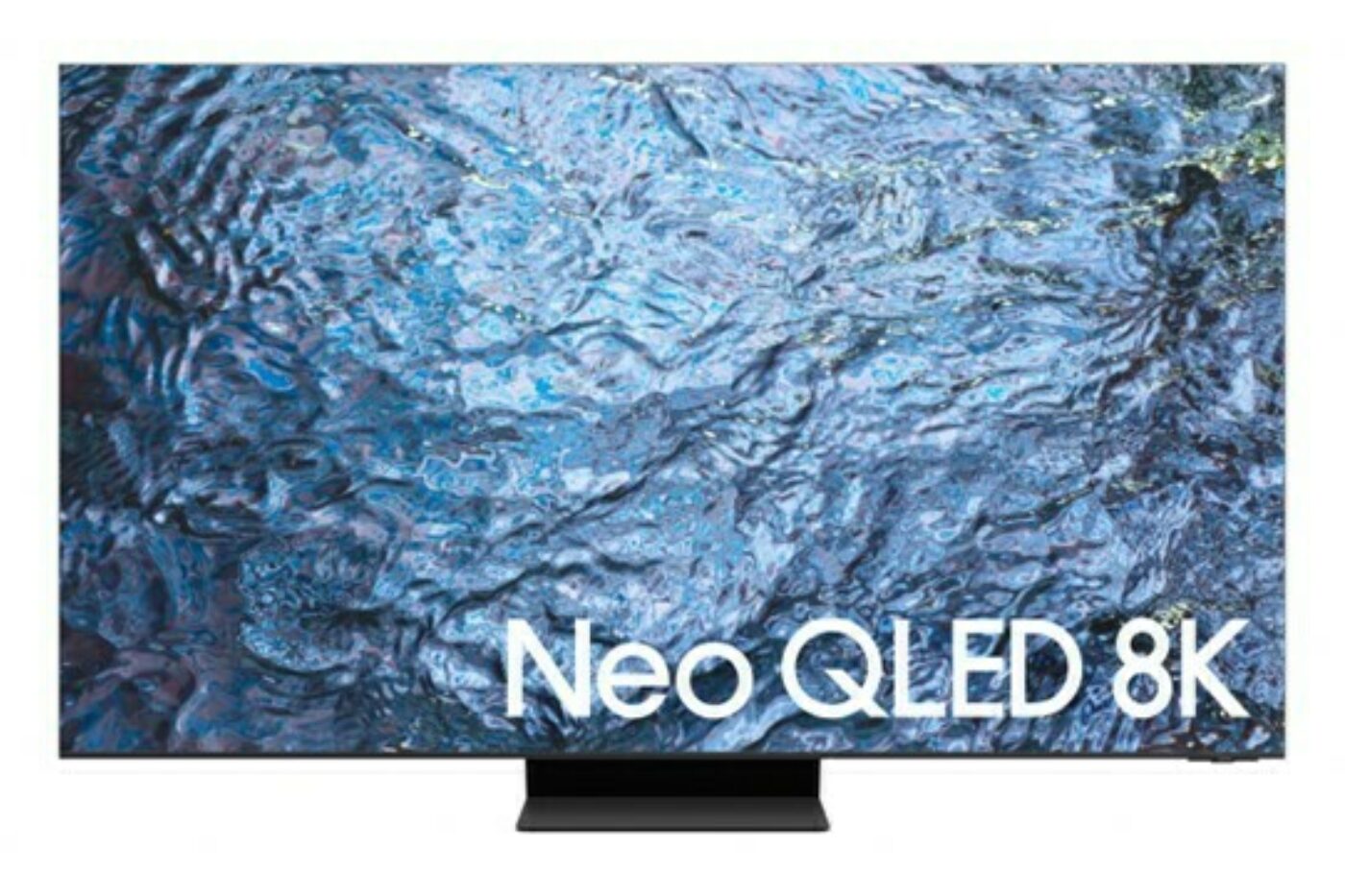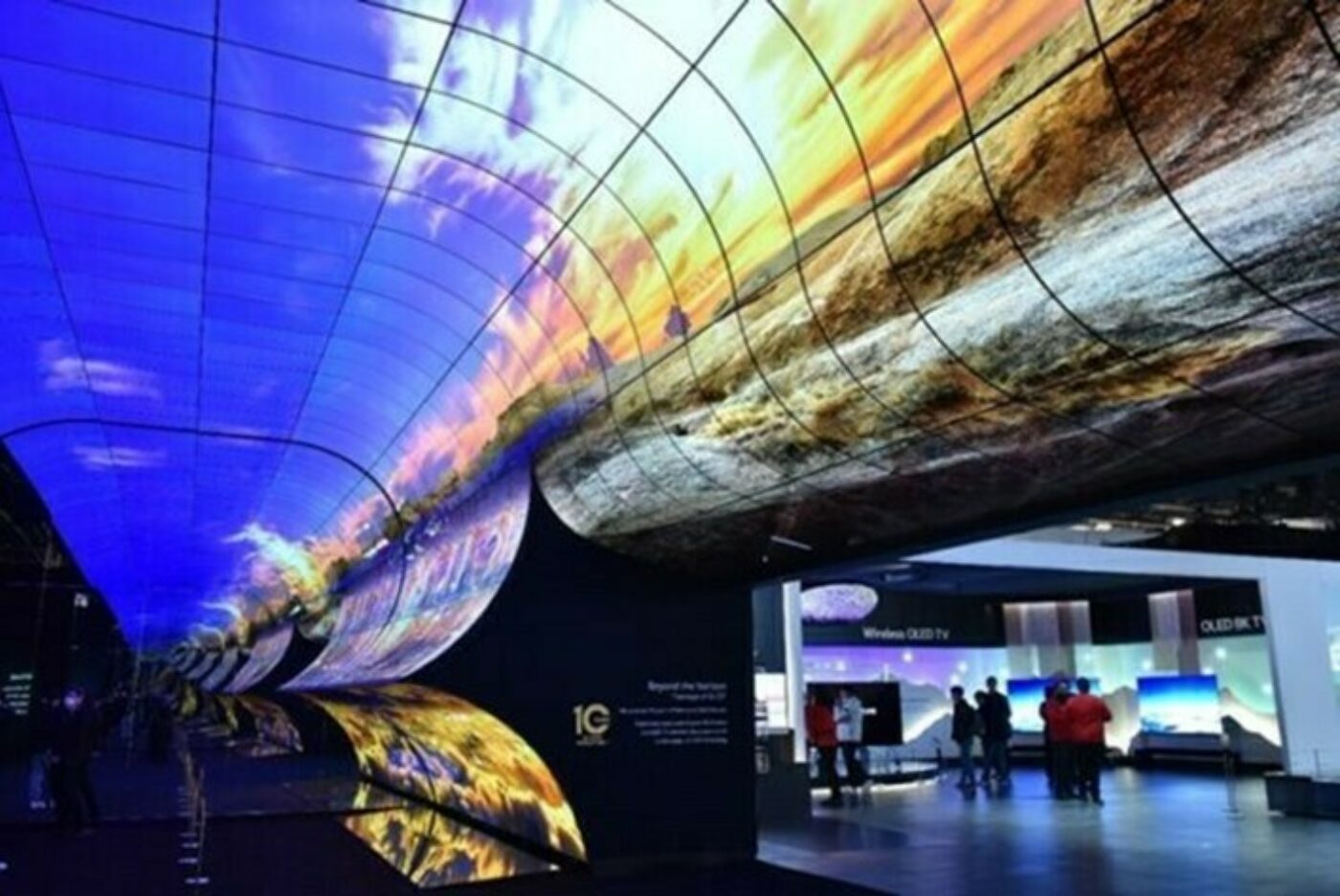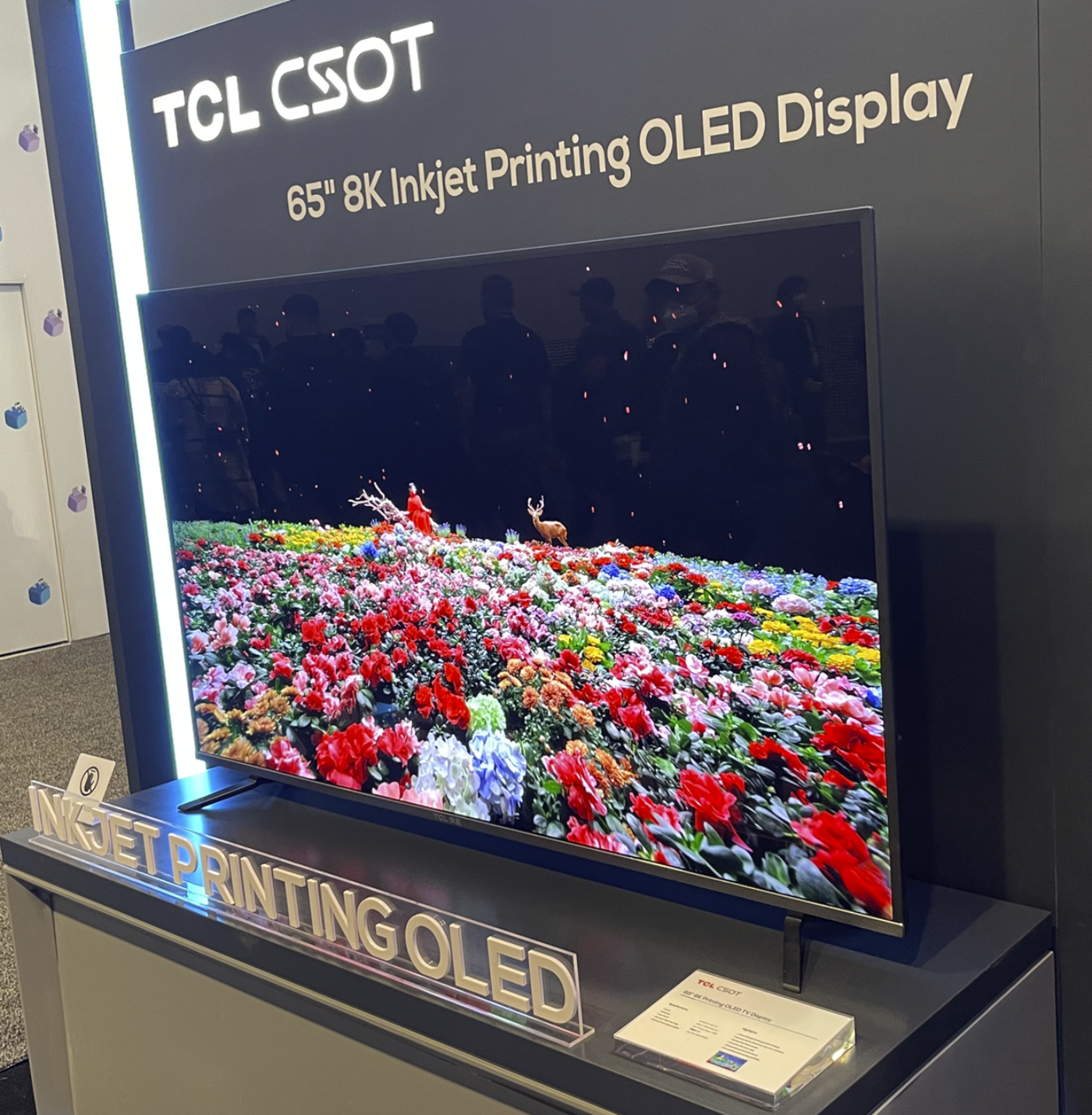CES2023 現地取材記~TV (Samsung, LG, TCL and Sharp)
冒頭部和訳
CES 2023の会期中、Las Vegas Convention Center Central Hallにて一般公開された主要TVブランドの製品ラインナップ展示は、これまでの年に比べて規模が縮小していた。Sonyは2020年には8K、OLED、LCDを含む各種FPD技術搭載のTVセットを取り揃えた総合TVラインナップを展示したが、2023年のCESではTVの展示を完全に見送ることを決定、今年中に別のイベントでTVラインナップの展示を行うと発表した。SamsungとLGも、TVの展示はこれまでの年よりも限定的なものとなっており、4大TVブランドのなかで完全な製品ラインナップに近い展示をしたのはTCLだけだった。
CES TV Insights - Samsung, LG, TCL and Sharp
※ご参考※ 無料翻訳ツール (DeepL)
Among major TV brands, exhibition of the TV product lines in the public showing in the LVCC Central Hall was diminished in 2023 compared to prior years. Whereas in 2020 Sony demonstrated a comprehensive TV lineup including 8K, OLED and LCD sets, in 2023 Sony decided to skip TV altogether in its exhibit space, and declared that they will demonstrate their TV lineup in a separate event later this year. Samsung and LG had more limited TV showing compared to prior years, so among the top four brands only TCL demonstrated anything close to a full product showcase.
Samsung’s Visual Display (VD) business had a private exhibition at the Encore hotel which I had a chance to review, and I also reviewed a private exhibition for Sharp which included a new approach to TVs.
Samsung
Samsung’s space at the Encore included a very large showroom with its preliminary 2023 TV lineup and a smaller enclosed space for technology demonstrations, where representatives gave short presentations on some of the new developments and showed comparative demos.
For 2023, Samsung has not changed its fundamental strategy for display technology in TV; its flagship TV continues to be the Neo QLED 8K, employing LCD technology for large screen 8K resolution with MiniLED backlights. The first section of the technology demonstration touted the value of 8K to deliver precise detail.
While the performance of the 8K sets was impressive, the side-by-side comparisons of 8K sets against high-performance 4K sets left me pessimistic about the near-term prospects for 8K. On very large screens (85”), the improved resolution of the 8K sets was detectable at a short viewing distance, but even then it was not an impressive distinction.
In both its 8K and 4K Neo QLED sets, Samsung has taken steps to improve performance for what it calls “blooming”; I have also seen “halo” as the label for the phenomenon whereby a bright white area is surrounded by a light grey halo because the LCD pixels cannot completely cut off light. For 2023, Samsung Neo QLED sets have doubled the number of dimming zones (Samsung does not disclose the number) and has improved its AI algorithm to reduce the blooming problem. These models also use 14-bit processing for grey scale which allows even finer control.
Blooming is not a problem for OLED sets, which control light at each pixel, and Samsung appears to be bringing the QD-OLED TV sets to a higher profile within the TV product lineup. The demonstration for the QD-OLED product line included the main points which were also described by the Samsung Display (SDC) exhibit: higher brightness by improving the OLED light extraction efficiency, and better peak luminance for individual colors compared to TVs with WOLED panels (see article on SDC suite).
Samsung also highlighted its new gaming monitors, a 49” double-wide (32:9) monitor with a QD-OLED panel and a 57” double-wide monitor with a MiniLED-backlit LCD panel (see separate story). Samsung described its work with other manufacturers to improve HDR10+ standards in gaming. Samsung envisions that HDR10+ in gaming can progress toward a “Gamemaker” mode which captures the designer’s intent for HDR performance, in the same way that the widely adopted “filmmaker” mode has been used for cinematic content.
In Samsung’s larger showroom the 2023 TV lineup included its 8K and 4K Neo QLED TVs with screen sizes up to 95” and the OLED TV lineup which now includes 77” 4K QD-OLED in addition to its 55” and 65” products. A Samsung representative informed me that the QD-OLED lineup will be expanded to include two tiers, an “S90” and a “S95” model with differentiated features and pricing.
A large portion of the TV showroom demonstrated Samsung’s lineup of MicroLED TVs, with sizes of 50”, 63”, 76”, 89”, 101”, 114” and 140”. Samsung did not release any specifications on these models but observing closely I believe that the 50” and 63” models have 1080p resolution. As I have seen in years past, these displays have unparalleled performance with impeccable black levels and tremendous luminance and color performance. However, after some stumbles with this product line in 2022 and considering the exceptionally high prices for TVs with MicroLED technology, it remains to be seen whether Samsung will follow through on a complete product line.
LG Electronics
LG returned to form for 2022 after skipping an in-person demonstration last year, and again the entrance of LG’s booth in the LVCC Central Hall was one of the highlights of CES 2023. With more than 250 of its 55” White OLED panels, LG created a “stunning blend of art and technology and a fitting tribute to the now 10-year legacy of innovation that is LG OLED” which it labeled Horizon.
Inside the LG booth, the highlighted product was LG’s World’s First Wireless OLED TV. For its OLED M series which includes 97”, 83” and 77” models, LG has developed a separate Zero Connect box that sends video and audio signals wirelessly to the TV screen, helping to create a cleaner, distraction-free viewing environment and giving users greater freedom to arrange their space. The TV still requires a cable for power, but all other connections are wireless.
LG demonstrated a 136” 4K MicroLED TV with 0.7mm pixel pitch, but the LG representative indicated that this was a technology demonstration only, unlike Samsung LG has no plans to offer MicroLED TVs to consumers. It does sell the MicroLED in commercial applications.
In its OLED TV lineup, LG’s G3 series will use the brightness boosting micro-lens array (MLA) technology which LG Display labels as “META” (see separate article). LG indicates that the light control architecture and light-boosting algorithms increase brightness by up to 70%. This refutes some earlier reports that MLA would be delayed until 2024; the technology will be available in 2023 but only on the highest-end models.
LG showed transparent OLED TV models and indicated that it was considering to offer transparent TV to consumers as an “OLED T” model line. The TVs would be equipped with a dark black back panel which would rise into place to watch video, but would descend to reveal the more artistic transparent display.
In a section oriented toward gaming LG showed “OLED FLEX” technology, allowing the user to adjust the TV curvature from full flat to 1500R curved formats. The bendable OLED FLEX will be available on the 42” OLED TV which is targeted at gamers. LG will continue to offer a 45” extra wide (21:9) curved OLED monitor also targeted at gamers.
TCL
A TCL representative confirmed to me that TCL will not offer 8K TVs in its 2023 model lineup, a result of the continuing dearth of content and disappointing sales of 8K sets. Therefore, the flagship TV for TCL remains its 4K MiniLED sets, starting with the 98” QM8G MiniLED Ultra. The top line series includes up to 2300 dimming zones and a QDEF film for wide color gamut.
It appears that TCL will offer only a single line of MiniLED TVs, the Q8 line, as they describe their Q7G line at Full Array Pro with local dimming but without mentioning MiniLED. These sets also include quantum dot film. TCL also showed MicroLED as a technology demonstration, but the demo model had many flaws, with missing pixels and obvious tiling schemes.
A portion of the TCL exhibit space was devoted to technology demonstrations from TCL CSOT. These included a 49” Ultra-Wide (32:9) MiniLED monitor with more than 5000 dimming zones and R800 curvature. TCL claims the display delivers 1000 nits “Normal” and 1800 nits “Peak” brightness. The CSOT section also included an Ultra Slim 8K MiniLED, utilizing the OD Zero technology to achieve an 8mm thick profile.
TCL CSOT demonstrated what it called “the world's first 65" 8K printing OLED” display, a continuation of technology demonstrations of inkjet printed OLEDs which we have seen at exhibitions in recent years. “Jointly developed by TCL CSOT and JOLED, a leading Japanese display technology company, the new 8K product boasts an improved refresh rate, higher brightness and a narrower border compared to its previous model. Better than ever, this display includes advanced technologies such as IR-Drop and thin-film transistor (TFT) compensation.”
Sharp
Although they did not have a presence on the LVCC floor, Sharp had a private exhibition at the Wynn hotel with new products and technologies. After a six-year absence in the US TV market, Sharp announced that they will return to the US market in 2023 with a lineup of MiniLED TVs and at least one model of OLED TV. I spoke with Jim Sanduski, President of Sharp Home Electronics Company of America and a long-time executive in the US TV market.
The highlight of Sharp’s exhibit was a prototype 120” 8K MiniLED TV; the LCD panels are made 2-up on Sharp’s Gen 10 fab in Sakai City (formerly Sakai Display Products, the fab was re-acquired by the parent company in 2022). The 120” product will not be for sale to consumers, but Sharp will have a line that it refers to as Aquos XLED in 65”, 70” and 75” sizes.
This AQUOS XLED for the U.S. market was developed based on the latest model of the EP1 lineup in Japan. It uses what Sharp calls “Xtreme mini LED technology”, but if there is any difference with MiniLED from other brands I cannot discern it. The sets also include Deep Chroma QD technology which appears similar to Samsung and TCL’s “QLED” tech.
Along with the premium AQUOS XLED line, Sharp will bring to the US OLED TVs using LGD’s WOLED panels. These will be called 4K AQUOS OLED Sharp Roku TV as Sharp is working with the streaming box company. Sharp will also offer a more conventional line of Roku LCD TVs in sizes from 50” to 75”.
Sanduski said that in the early stages Sharp will import the TVs from China, which will carry a tariff burden, but Sharp expects to make use of Foxconn’s assembly plant in Tijuana, Mexico. Sharp’s press release announcing the return to the US market also said that it expects to enter Canada, Mexico and other Asian markets.
For the time being, Sharp’s OLED TVs for the US will be based on WOLED, but Sanduski seemed excited to learn that Sharp will have TVs with QD-OLED panels in Japan, and he indicated an interest in lobbying the company’s headquarters to bring that technology to the US market. He said that Sharp will be proceeding cautiously in the US market, with a strong mandate to sustain profitability but a desire to re-establish the Sharp TV brand in the US.
本記事の関連調査レポート
Quarterly Advanced TV Shipment and Forecast Report
一部実データ付きサンプルをご返送
ご案内手順
1) まずは「お問い合わせフォーム」経由のご連絡にて、ご紹介資料、国内販売価格、一部実データ付きサンプルをご返信します。2) その後、DSCCアジア代表・田村喜男アナリストによる「本レポートの強み~DSCC独自の分析手法とは」のご説明 (お電話またはWEB面談) の上、お客様のミッションやお悩みをお聞かせください。本レポートを主候補に、課題解決に向けた最適サービスをご提案させていただきます。 3) ご購入後も、掲載内容に関するご質問を国内お客様サポート窓口が承り、質疑応答ミーティングを通じた国内外アナリスト/コンサルタントとの積極的な交流をお手伝いします。



